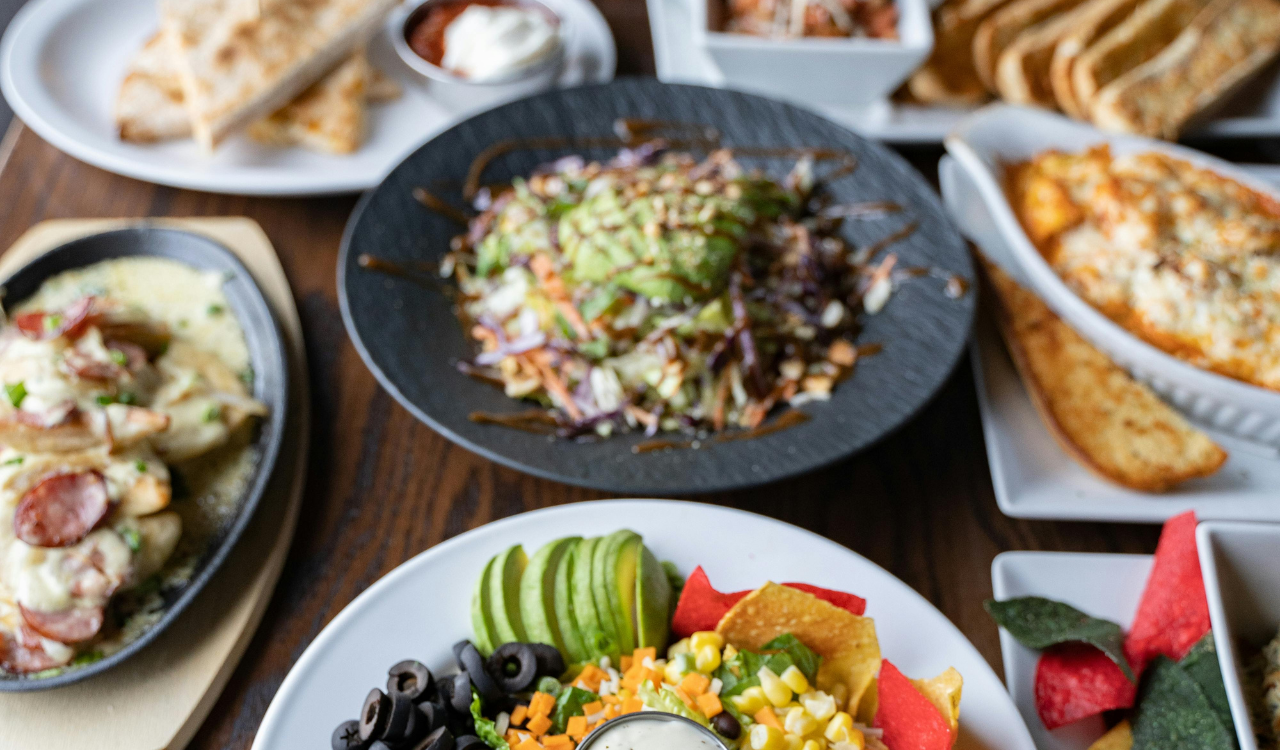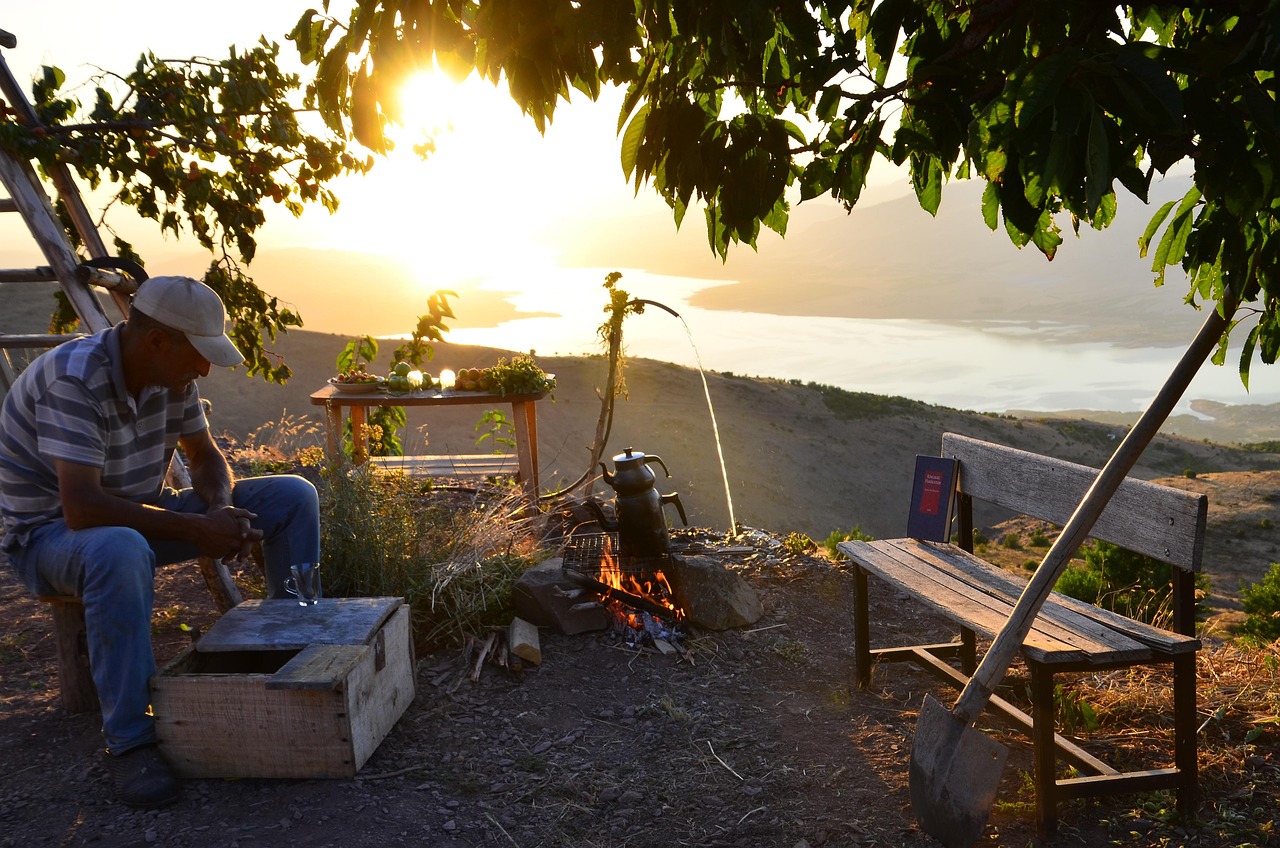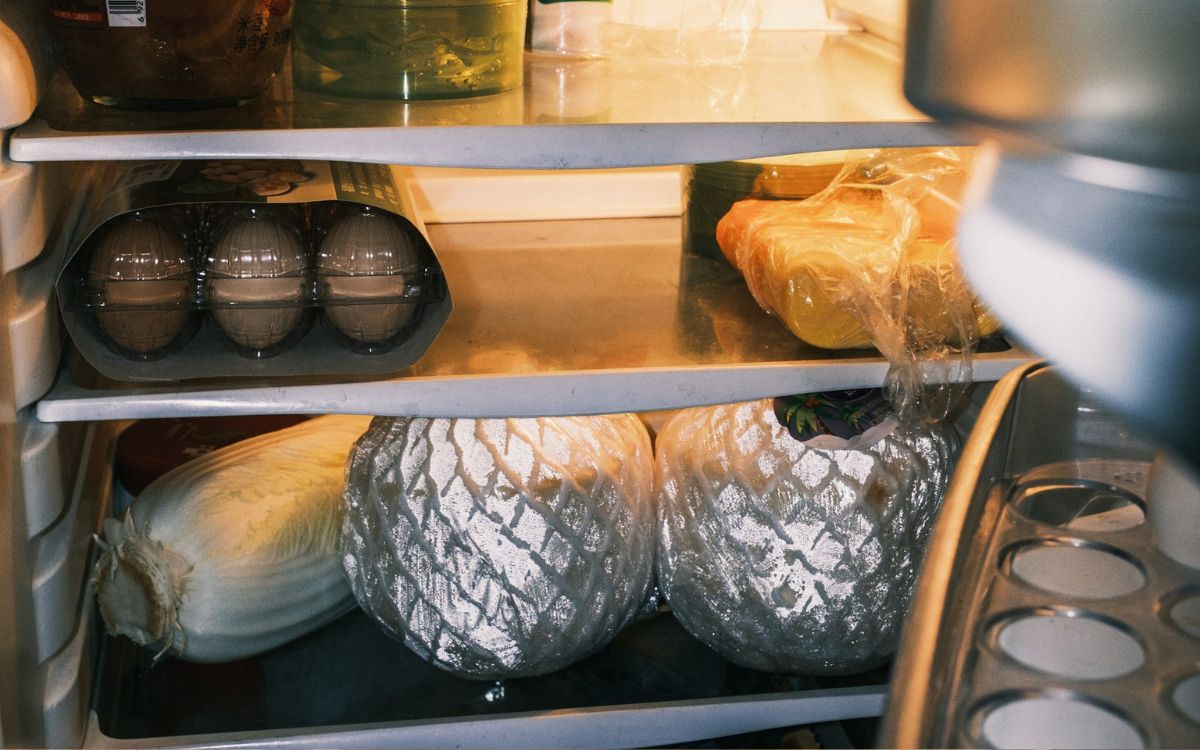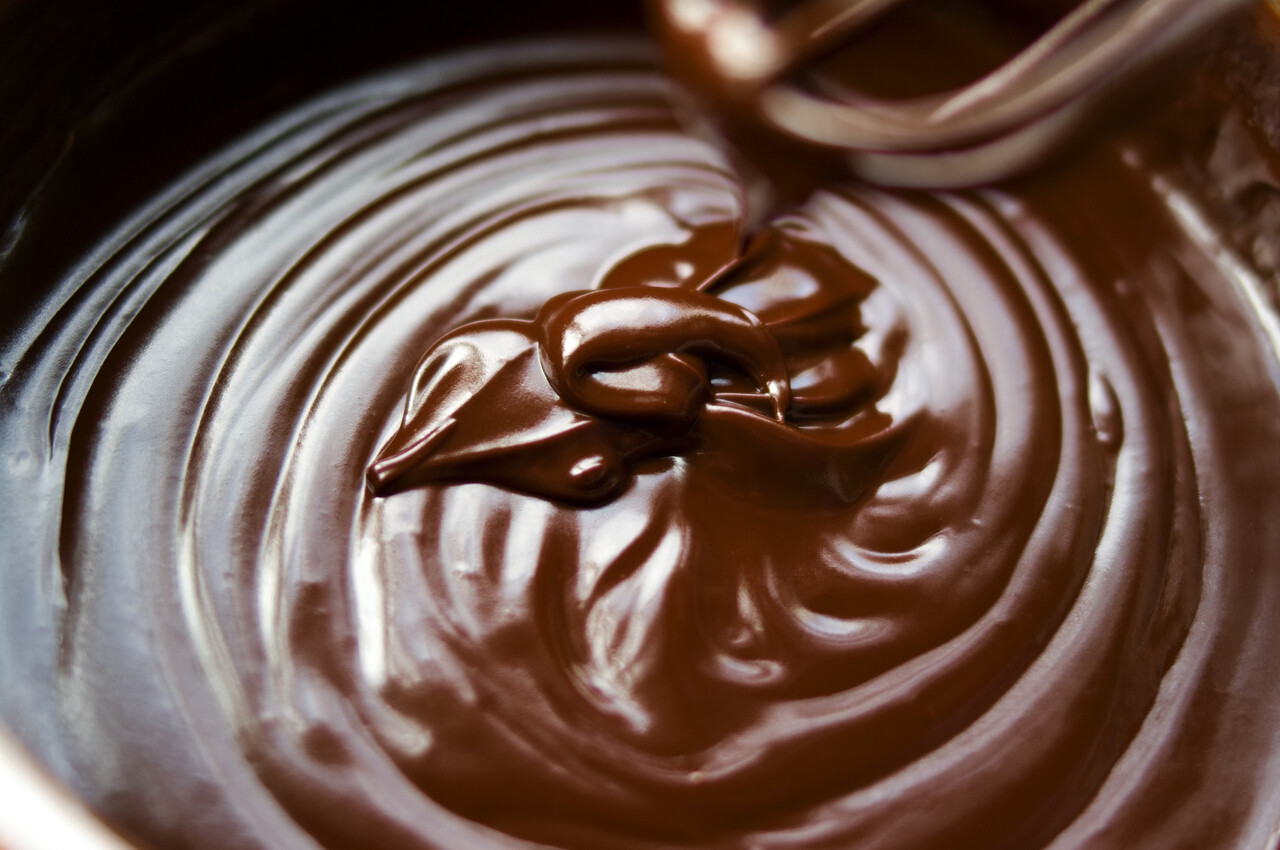A Short History Of The American Roadside Diner
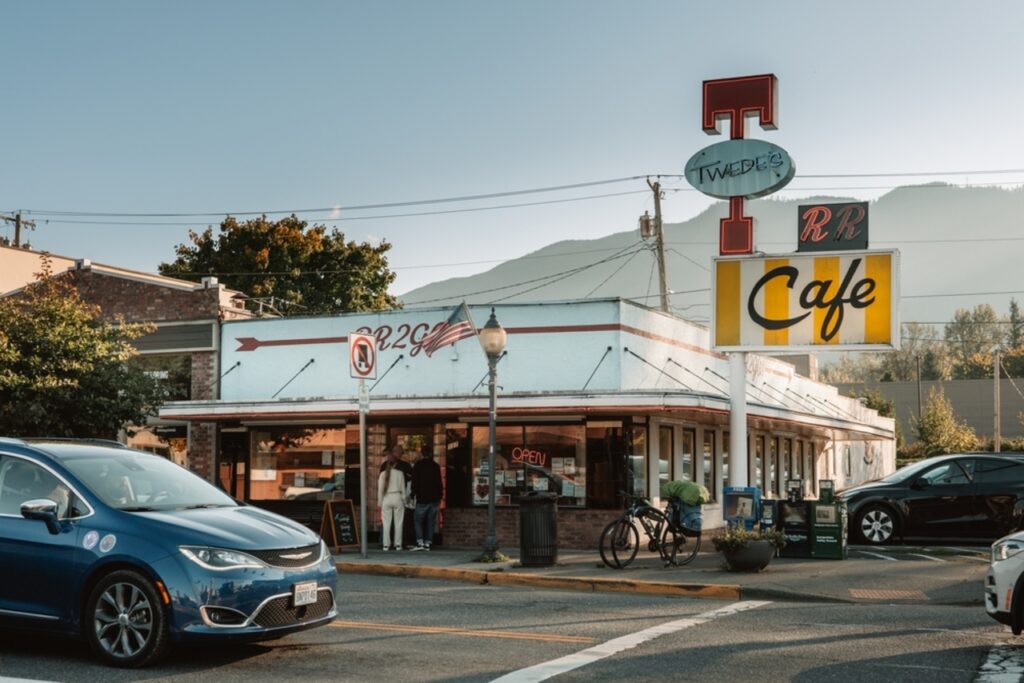
Few places capture the spirit of American life quite like the roadside diner. With its neon signs, bottomless coffee, and comforting plates of food, the diner has long been more than a pit stop; it’s a cultural landmark. Born from necessity as America’s highways expanded, diners became symbols of accessibility, affordability, and community. Their history reflects the nation’s love of travel, independence, and good food served with a side of nostalgia.
1. The Birth of the Lunch Wagon
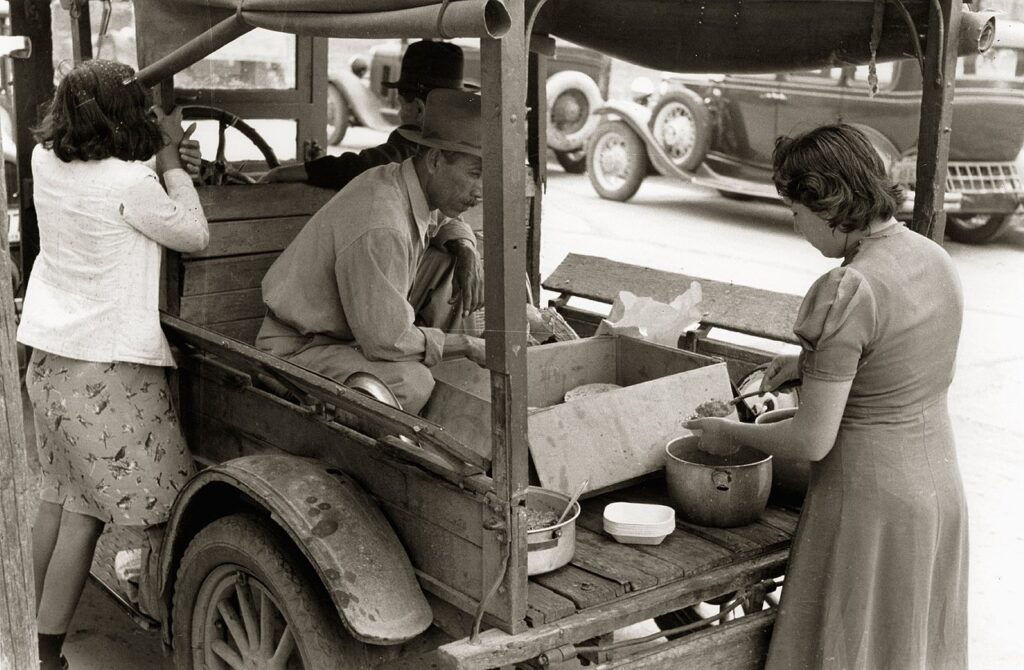
The story of the diner begins in the late 1800s with horse-drawn lunch wagons. These mobile kitchens served hot meals to night-shift workers and city dwellers after restaurants closed. With simple menus of sandwiches, coffee, and pies, they quickly became popular for their affordability and convenience. Entrepreneurs soon realized there was money to be made in catering to working-class appetites, and the lunch wagon became the foundation for what would eventually evolve into the American diner.
2. The Shift to Stationary Diners
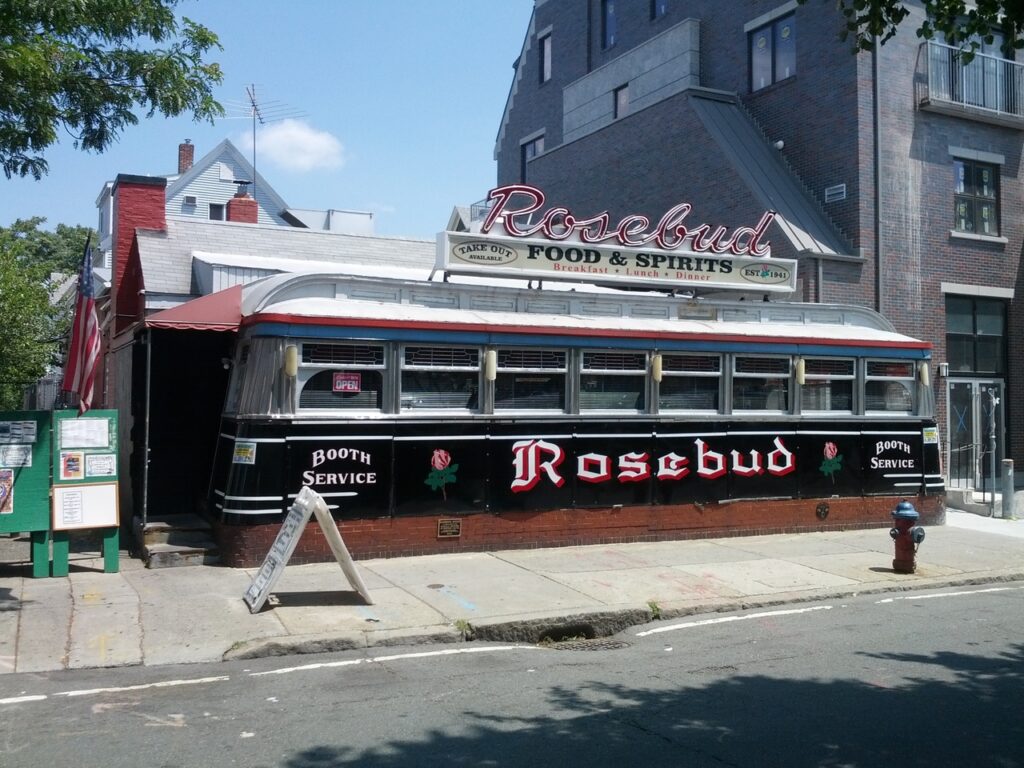
By the early 20th century, the lunch wagon had transformed into stationary establishments. Builders began constructing narrow, prefabricated buildings resembling train cars, which were easy to transport and install along busy roads. These “dining cars” kept the charm of the original wagons but allowed for larger kitchens and seating. Their stainless-steel exteriors and counter-service layouts became trademarks, while the affordability and fast service drew a loyal following from travelers, workers, and locals alike.
3. The Golden Age of Diners
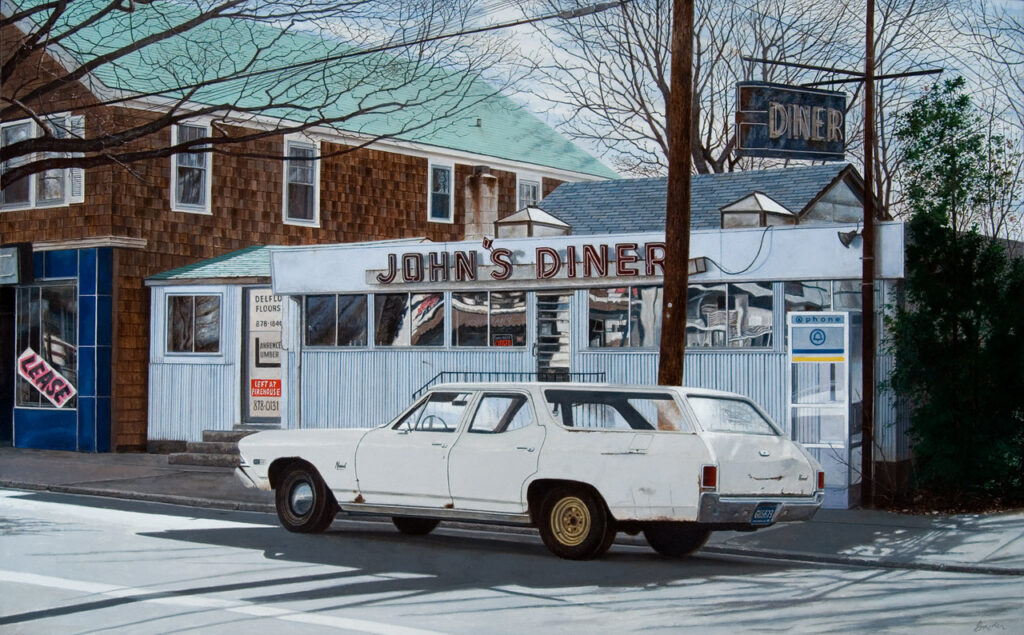
The 1920s through the 1950s marked the golden age of diners. As America’s highway system grew, roadside diners popped up everywhere, catering to motorists exploring new roadways. They became symbols of freedom and mobility, offering hearty meals like meatloaf, pancakes, and fried chicken at any hour. Their gleaming chrome, neon signs, and jukeboxes reflected the optimism of mid-century America. Diners weren’t just places to eat; they were gathering spots that celebrated the growing car culture and the spirit of the open road.
4. Diners and Pop Culture
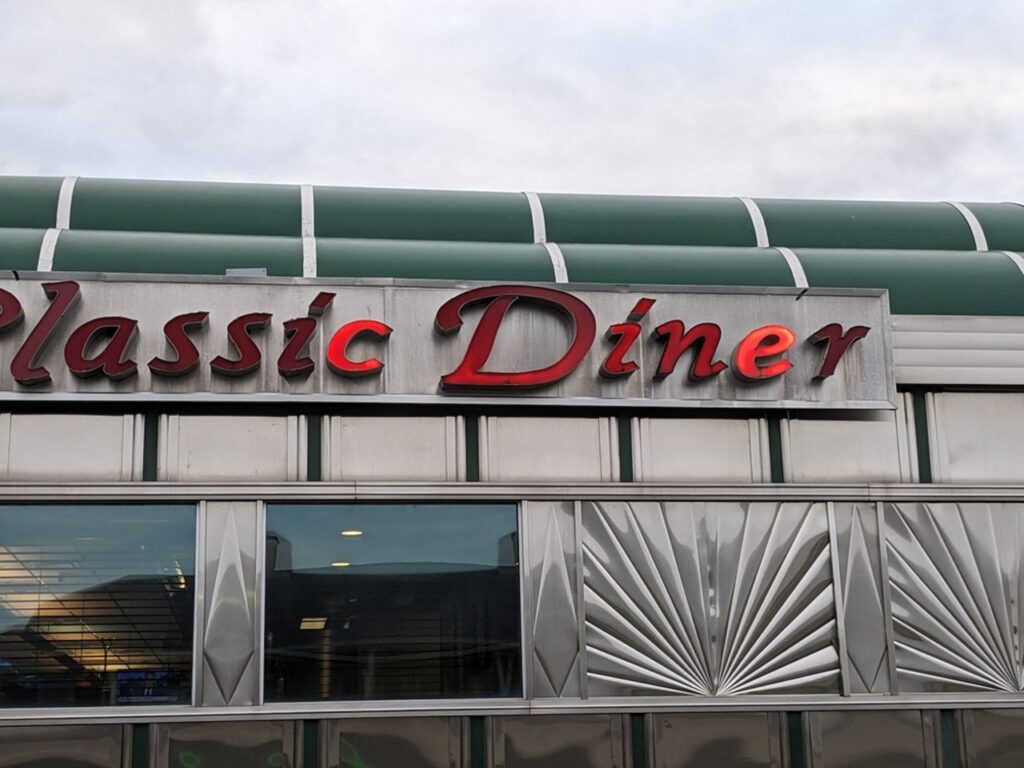
Diners soon worked their way into American pop culture, appearing in movies, music, and art as symbols of everyday life. They represented a democratic space where truckers, students, and families all shared booths and counters. Films like Grease and works by artists such as Edward Hopper immortalized the diner as a stage for stories of connection, romance, and solitude. More than a restaurant, the diner became a cultural icon an easily recognizable backdrop to the American experience.
5. The Decline and Reinvention
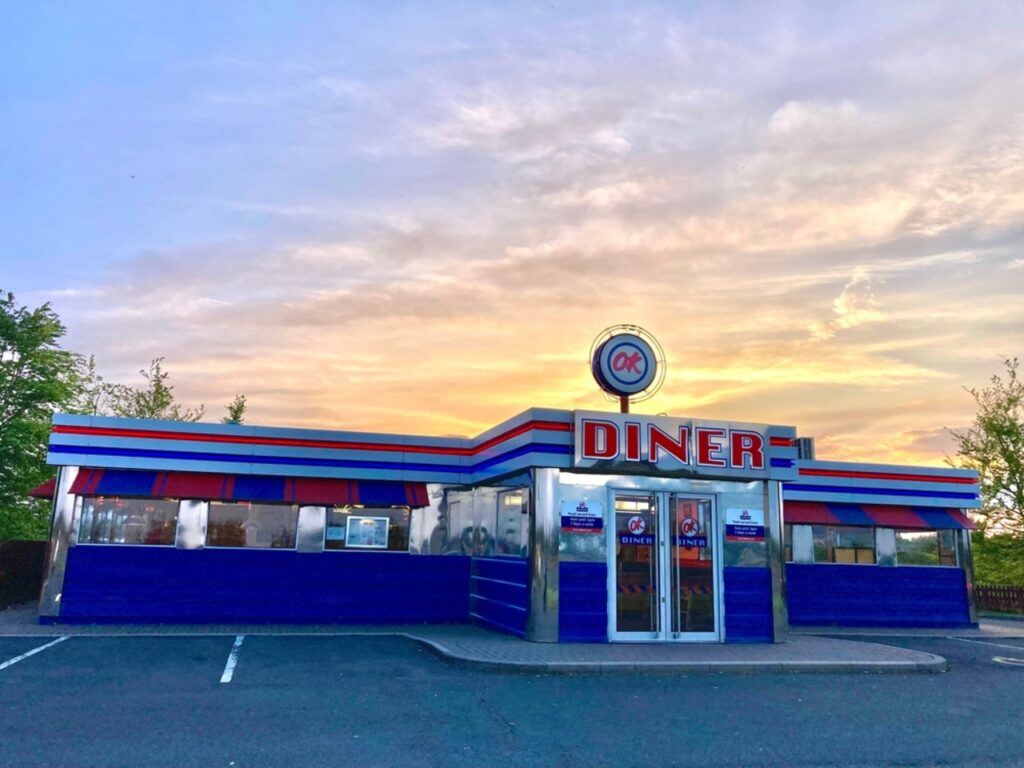
By the 1970s and 1980s, fast-food chains began to edge out diners with their standardized menus and aggressive expansion. Many diners closed as tastes shifted and highways bypassed small towns. Yet, the diner never disappeared. In recent decades, they’ve been reinvented, with chefs updating menus while preserving the classic charm of chrome counters and retro décor. Today, diners continue to thrive as nostalgic spaces, where tradition meets modern tastes, keeping alive the comfort and community they were built on.
6. The Role of Immigrants in Diner Culture
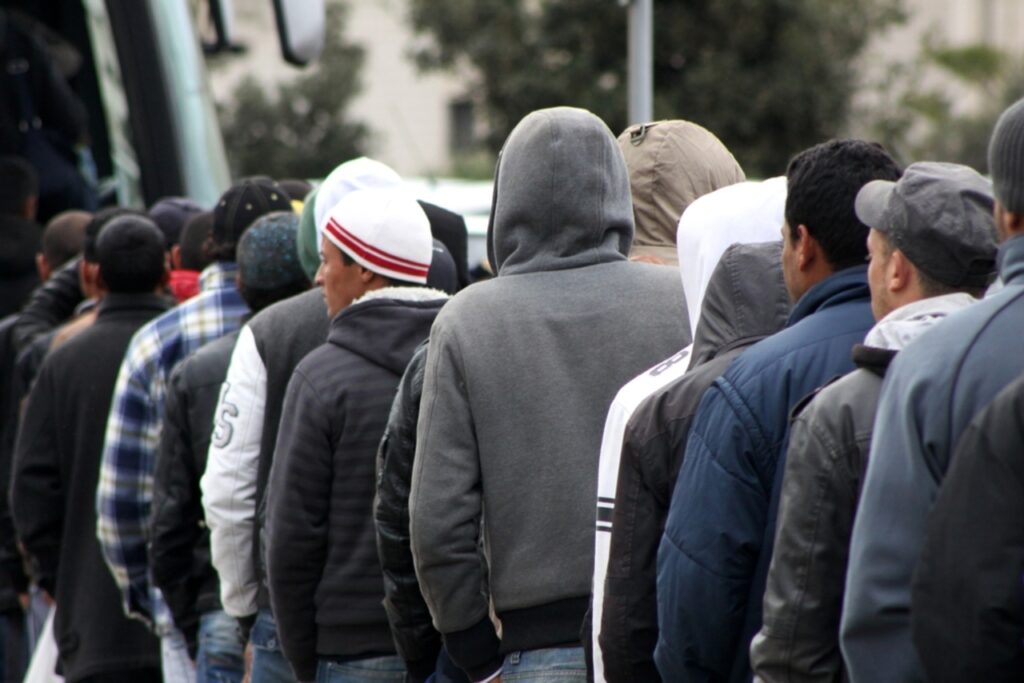
Many diners were owned and operated by immigrant families, particularly Greek-Americans, who played a vital role in shaping menus and traditions. They introduced dishes like gyros, spanakopita, and strong coffee alongside burgers, fries, and milkshakes. This blend of cultures created the eclectic menus that diners became known for. By offering hearty food at fair prices, immigrant owners helped diners thrive as inclusive community spaces, reflecting both the diversity and accessibility of American dining.
7. Diners as 24-Hour Havens
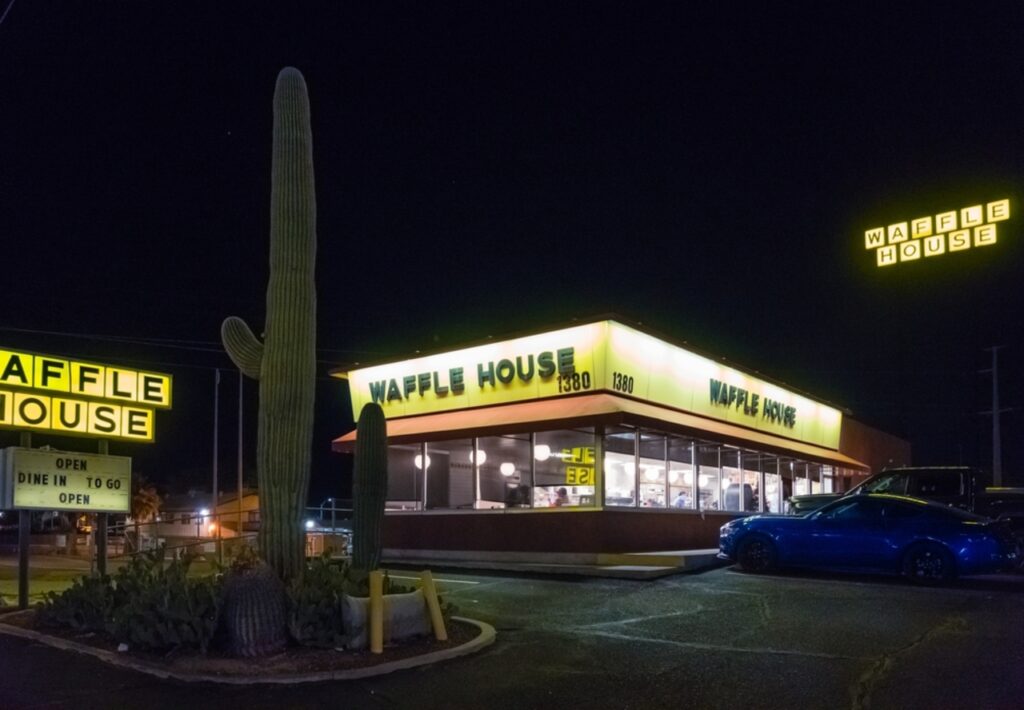
One of the defining features of diners was their 24-hour service. They became refuges for night-shift workers, truck drivers, and late-night crowds seeking a hot meal. With glowing neon signs as beacons in the dark, diners symbolized comfort and reliability at any hour. This around-the-clock accessibility made them not just restaurants but essential parts of local communities. Whether it was breakfast at midnight or coffee at dawn, diners offered warmth when other places were closed.
8. Diners in the Modern Food Scene
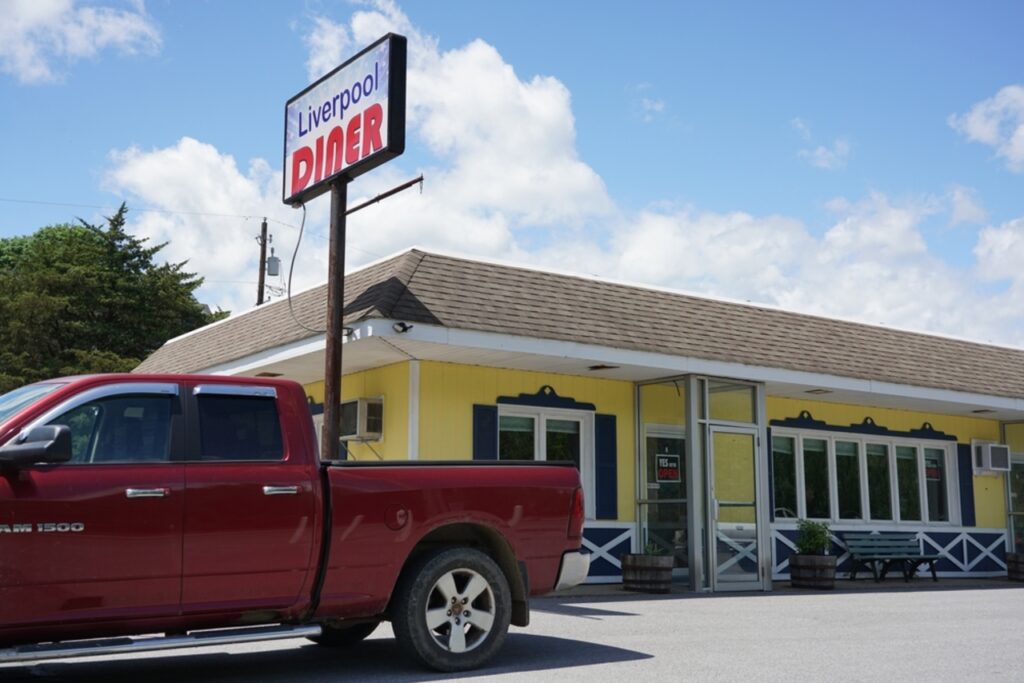
Today, diners occupy a unique place in America’s food landscape. While fewer in number, their influence is seen in retro-themed restaurants and TV cooking shows celebrating “classic diner food.” Younger generations embrace diners as nostalgic, Instagram-worthy experiences, while older patrons return for memories of simpler times. Modern diners often blend old-school staples like milkshakes and pancakes with healthier or locally sourced options, proving that the diner’s essence comfort, community, and affordability still resonates.

